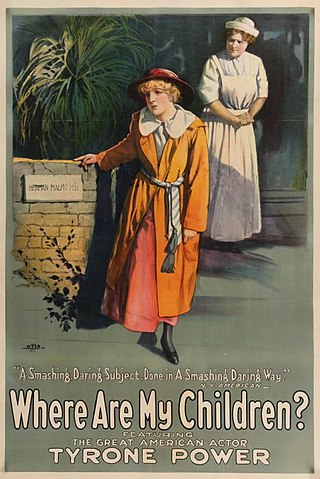
Where Are My Children? is a 1916 American silent drama film directed by Phillips Smalley and Lois Weber and stars Tyrone Power Sr., Juan de la Cruz, Helen Riaume, Marie Walcamp, Cora Drew, A.D. Blake, Rene Rogers, William Haben and C. Norman Hammond. The film tells the story of a district attorney who, while prosecuting a doctor for illegal abortions, finds out that society people, including his wife, used the doctor's services.
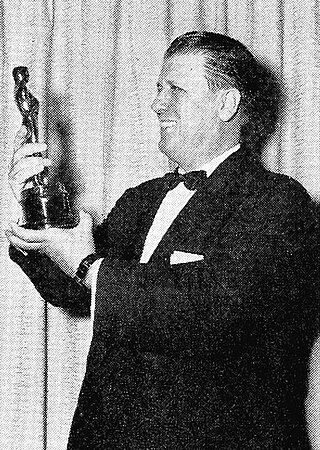
George Cooper Stevens was an American film director, producer, screenwriter and cinematographer. He received two Academy Awards and the Irving G. Thalberg Memorial Award in 1953.

Edward Montgomery Clift was an American actor. A four-time Academy Award nominee, he was known for his portrayal of "moody, sensitive young men", according to The New York Times.

An American Tragedy is a 1925 novel by American writer Theodore Dreiser. He began the manuscript in the summer of 1920, but a year later abandoned most of that text. It was based on the notorious murder of Grace Brown in 1906 and the trial of her lover, Chester Gillette. In 1923 Dreiser returned to the project, and with the help of his future wife Helen and two editor-secretaries, Louise Campbell and Sally Kusell, he completed the massive novel in 1925. The book entered the public domain in the United States on January 1, 2021.

Edward Dmytryk was a Canadian-born American film director and editor. He was known for his 1940s noir films and received an Oscar nomination for Best Director for Crossfire (1947). In 1947, he was named as one of the Hollywood Ten, a group of blacklisted film industry professionals who refused to testify to the House Un-American Activities Committee (HUAC) in their investigations during the McCarthy-era Red Scare. They all served time in prison for contempt of Congress. In 1951, however, Dmytryk testified to the HUAC and named individuals, including Arnold Manoff, whose careers were then destroyed for many years, to rehabilitate his own career. First hired again by independent producer Stanley Kramer in 1952, Dmytryk is likely best known for directing The Caine Mutiny (1954), a critical and commercial success. The second-highest-grossing film of the year, it was nominated for Best Picture and several other awards at the 1955 Oscars. Dmytryk was nominated for a Directors Guild Award for Outstanding Directorial Achievement in Motion Pictures.

Iris Adrian Hostetter was an American stage and film actress.
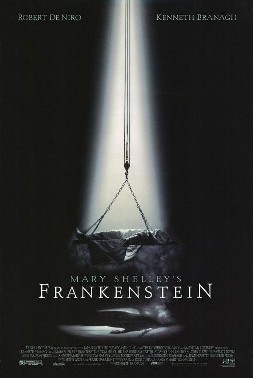
Mary Shelley's Frankenstein is a 1994 science fiction horror film directed by Kenneth Branagh who also stars as Victor Frankenstein, with Robert De Niro portraying Frankenstein's monster, and co-stars Tom Hulce, Helena Bonham Carter, Ian Holm, John Cleese, Richard Briers and Aidan Quinn. Considered the most faithful film adaptation of Mary Shelley's 1818 novel, Frankenstein; or, The Modern Prometheus, despite several differences and additions in plot from the novel, the film follows a medical student named Victor Frankenstein who creates new life in the form of a monster composed of various corpses' body parts.

The Big Sleep is a 1946 American film noir directed by Howard Hawks. William Faulkner, Leigh Brackett and Jules Furthman co-wrote the screenplay, which adapts Raymond Chandler's 1939 novel. The film stars Humphrey Bogart as private detective Philip Marlowe and Lauren Bacall as Vivian Rutledge in a story that begins with blackmail and leads to multiple murders.
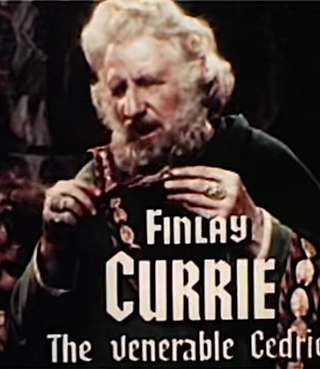
William Finlay Currie was a Scottish actor of stage, screen, and television. He received great acclaim for his roles as Abel Magwitch in the British film Great Expectations (1946) and as Balthazar in the American film Ben-Hur (1959).
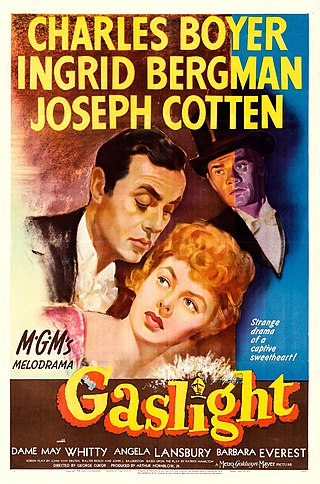
Gaslight is a 1944 American psychological thriller film directed by George Cukor, and starring Charles Boyer, Ingrid Bergman, Joseph Cotten and Angela Lansbury in her film debut. Adapted by John Van Druten, Walter Reisch, and John L. Balderston from Patrick Hamilton's play Gas Light (1938), it follows a young woman whose husband slowly manipulates her into believing that she is descending into insanity.

National Velvet is a 1944 American Technicolor sports film directed by Clarence Brown and based on the 1935 novel of the same name by Enid Bagnold. It stars Mickey Rooney, Donald Crisp, Angela Lansbury, Anne Revere, Reginald Owen, and an adolescent Elizabeth Taylor.

Shepperd Strudwick was an American actor of film, television, and stage. He was also billed as John Shepperd for some of his films and for his acting on stage in New York.

What Ever Happened to Aunt Alice? is a 1969 American neo-noir thriller film directed by Lee H. Katzin with Bernard Girard (uncredited), and starring Geraldine Page, Ruth Gordon, Rosemary Forsyth, Robert Fuller and Mildred Dunnock. The screenplay by Theodore Apstein, based on the novel The Forbidden Garden by Ursula Curtiss, focuses on an aging Arizona widow who hires elderly female housekeepers and cons them out of their money before murdering them.
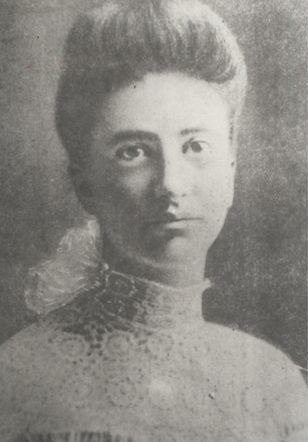
Grace Mae Brown was an American woman who was murdered by her boyfriend, Chester Gillette, on Big Moose Lake, New York, after she told him she was pregnant. The murder, and the subsequent trial of the suspect, attracted national newspaper attention.

Three Women, also known as Die Frau, die Freundin und die Dirne, is a 1924 American silent drama film starring May McAvoy, Pauline Frederick, and Marie Prevost, directed by Ernst Lubitsch, and based on the novel Lillis Ehe by Yolande Maree.

James Young Deer, also known as J. Younger Johnson or Jim Young Deer, was actually born James Young Johnson in Washington, D.C. Although he was identified in the early Hollywood trade paper Moving Picture World as of the Winnebago Tribe of Nebraska, his ancestry is of the Nanticoke people of Delaware. He became an early film actor, director, writer, and producer. He is believed to be the first Native American filmmaker/producer in Hollywood. Together with his wife and partner Lillian St. Cyr, Winnebago, the couple were labeled an "influential force" in the production of one-reel Westerns during the first part of the silent film era. Their films, along with several others of the silent era, were notable for portraying Native Americans in a positive light.
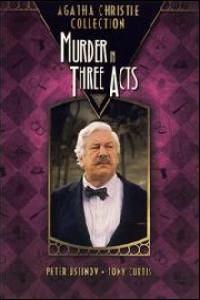
Murder in Three Acts is a British-American made-for-television mystery film of 1986 produced by Warner Bros. Television, featuring Peter Ustinov as Agatha Christie's detective Hercule Poirot. Directed by Gary Nelson, it co-starred Jonathan Cecil as Hastings, Tony Curtis, and Emma Samms.
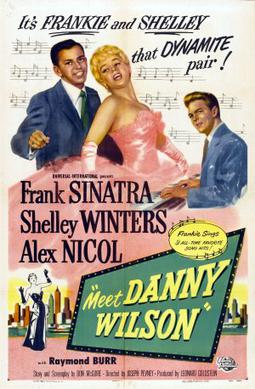
Meet Danny Wilson is a 1952 American drama musical film directed by Joseph Pevney and starring Frank Sinatra, Shelley Winters and Alex Nicol.

An American Tragedy (1931) is an American pre-Code drama film directed by Josef von Sternberg. It was produced and distributed by Paramount Pictures. The film is based on Theodore Dreiser's 1925 novel An American Tragedy and the 1926 play adaptation. These were based on the historic 1906 murder of Grace Brown by Chester Gillette at Big Moose Lake in upstate New York.

Josephine Whittell was an American character actress of silent and sound films.






















